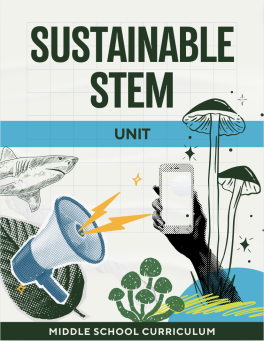Sustainable STEM: Fabulous Fabrics

Summary
Students will consider the difference between natural and synthetic fibers and investigate the ways that a variety of fabrics will interact with both basic and acidic dyes.
This project came about from a collaboration between Beyond Benign and Steelcase.
This project came about from a collaboration between Beyond Benign and Steelcase.
Safety Precautions, Hazards, and Risk Assessment
Goggles, aprons and gloves(optional).
Teacher Recommendations or Piloting Data (if available)
-If microscopes are available, set them up before class.
-To save time during the experiment, you may wish to pre-measure cups of Kool-Aid and small cups or bottles of ammonia for each student pair.
-Set aside a cup each of Kool-Aid, vinegar, and ammonia for the class demo.
-To save time during the experiment, you may wish to pre-measure cups of Kool-Aid and small cups or bottles of ammonia for each student pair.
-Set aside a cup each of Kool-Aid, vinegar, and ammonia for the class demo.
Digital Object Identifier (DOI)
https://doi.org/10.59877/IQQD1900
Related Learning Objects
File (PDF, PPT, image, etc)
File (PDF, PPT, image, etc)
Creative Commons License

This work is licensed under a Creative Commons Attribution-NonCommercial-ShareAlike 4.0 International License.

